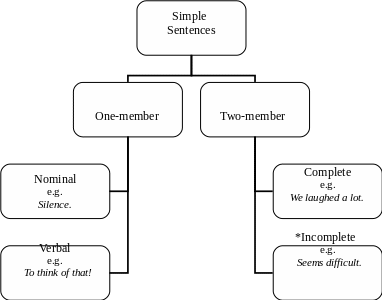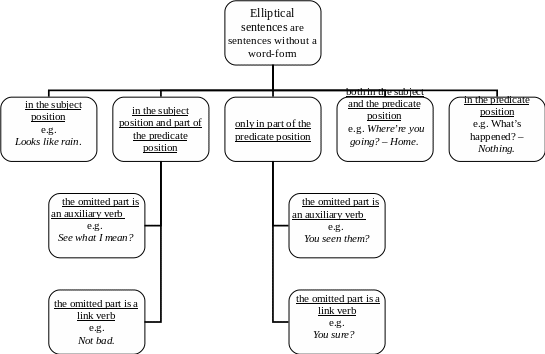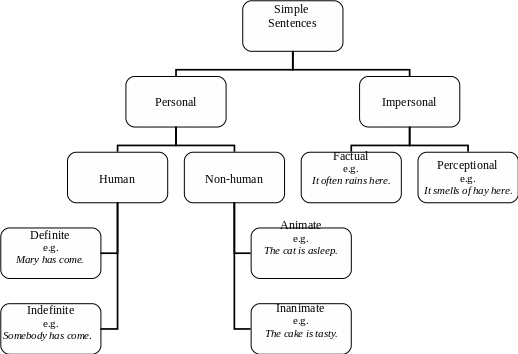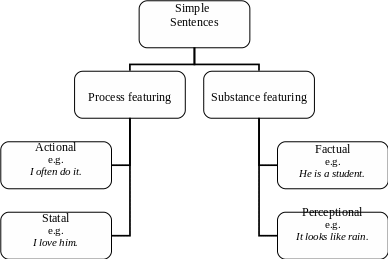
- •Содержание
- •Введение
- •Раздел I. Введение.
- •Theoretical grammar as a brunch of linguistics
- •Systemic conception of language
- •Discrimination of Language and Speech
- •Hierarchy of Language Levels
- •Language Units and Speech Units
- •Systemic Relations in Language
- •Morphology morphemic structure of the word
- •Traditional Classification of Morphemes
- •Allo-emic Classification of Morphemes
- •Types of Distribution
- •Categorial structure of the word
- •Grammatical means
- •Grammatical forms
- •Inflextional forms
- •Inner inflextional forms
- •Neutralization
- •Transposition
- •Grammatical classes of words
- •Parts of speech
- •Nominative parts of speech
- •Particles
- •Word classes
- •4 Major classes of words 15 Form-classes
- •Noun and its categories semantic features of the noun
- •Morphological features of the noun
- •Categories of the Noun
- •Category of Number
- •Indiscreteness is explicitly expressed
- •Types of Oppositional Reduction
- •Category of Case
- •Case Theories
- •Category of Gender
- •Category of Article Determination
- •Syntactic features of the noun
- •Verb and its categories classifications of verbs
- •Category of Finitude
- •Categories of the verb Categories of Person and Number
- •Category of Aspect
- •Evolution of Views
- •Category of Retrospect
- •Category of Voice
- •Category of Mood
- •The Infinitive
- •The Gerund
- •Double Nature of the Gerund
- •The Participle
- •Adjective semantic features of the adjective
- •Morphological features of the adjective
- •Adjectives that do not Form Degrees of Comparison
- •Syntactic features of the adjective
- •Order of Adjectives before a Noun
- •Stative symantic features of the stative
- •Morphological features of the stative
- •Syntactic features of the stative
- •The Adjective and the Stative
- •Adverb semantic features of the adverb
- •Morphological features of the adverb
- •Syntactic features of the adverb
- •Syntax word-group theory
- •Sentence: general
- •Classification of Sentences
- •Communicative Classification of Sentences
- •Simple sentence
- •Sentence parts
- •Principle sentence parts subject
- •Predicate
- •The simple predicate can be of two types: verbal and nominal. The simple verbal predicate can be expressed in two ways (Fig. 122).
- •Compound Verbal Modal Predicate
- •Compound Nominal Predicate
- •Secondary sentence parts object
- •Attribute
- •Apposition
- •Adverbial modifier
- •Independent elements of the sentence
- •Composite sentence
- •The means of combining clauses into a polypredicative sentence are divided into syndetic, I. E. Conjunctional, and asyndetic, I. E. Non-conjunctional (Fig. 144).
- •Compound sentence
- •There exist two different bases of classifying subordinate clauses: the first is functional, the second is categorical.
- •Glossary of linguistic terms
- •Refferences
- •Заключение
- •454080 Г. Челябинск, пр. Ленина, 69
- •454080 Г. Челябинск, пр. Ленина, 69
Simple sentence
The simple sentence is a sentence in which only one predicative line is expressed.
1. According to their structure all simple sentences of English should be divided into two-member (two-axis) constructions and one-member (one-axis) constructions (Fig. 112).
One-member and two-member sentences are distinguished by the number of principal parts (positions) they contain: two-member sentences have two main parts – the subject and the predicate, while one-member sentences have only one principal part, which is neither the subject nor the predicate.

Fig. 112
One-member sentences in English are of two types: nominal sentences and verbal sentences. Nominal sentences are those in which the principal part is expressed by a noun. They state the existence of the things expressed by them. They are typical of descriptions. Verbal sentences are those in which the principal part is expressed by a non-finite form of the verb, either an infinitive or a gerund. Infinitive and gerundial one-member sentences are mostly used to describe different emotional perceptions of reality.
Two-member (two-axis) constructions can be complete and incomplete. They are distinguished by the presence or absence of word-forms in the principal positions of two-member sentences.
In a complete sentence both the principal positions are filled with word-forms.
In an incomplete (elliptical) sentence one or both of the main positions are not filled, but can be easily supplied as it is clear from the context what is missing. Elliptical sentences are typical of conversational English. There exist several types of elliptical sentences (Fig. 113).
Fig. 113

Fig. 114

The semantic classification of simple sentences should be effected at least on the three bases: first, on the basis of the subject categorial meanings; second, on the basis of the predicate categorial meanings; third, on the basis of the subject-object relation.
2. According to the type of the subject simple sentences are divided into personal and impersonal (Fig. 114). The further division of the personal sentences is into human and non-human; human — into definite and indefinite; non-human — into animate and inanimate. The further essential division of impersonal sentences is into factual and perceptional. The differences in subject categorial meanings are sustained by the obvious differences in subject-predicate combinability.
3. According to the type of the predicate simple sentences are divided into process-featuring (“verbal”) and, in the broad sense, substance-featuring (including substance as such and substantive quality — “nominal”) (Fig. 115). Among the process-featuring sentences actional and statal ones are to be discriminated. Among the substance-featuring sentences factual and perceptional ones are to be discriminated.

Fig. 115
4. According to the type of the subject-object relation simple sentences should be divided into subjective, objective and neutral or “potentially” objective, capable of implying both the transitive action of the syntactic person and the syntactic person’s intransitive characteristic (Fig. 116).

Fig. 116
5. According to the presence of secondary parts simple sentences should be divided into unextended (unexpanded) and extended (expanded) (Fig. 117).

Fig. 117
An unextended sentence contains two main positions of the basic pattern, that of the subject and the predicate.
An extended sentence may contain various optional elements (including attributes, certain kinds of prepositional objects and adverbial modifiers).
